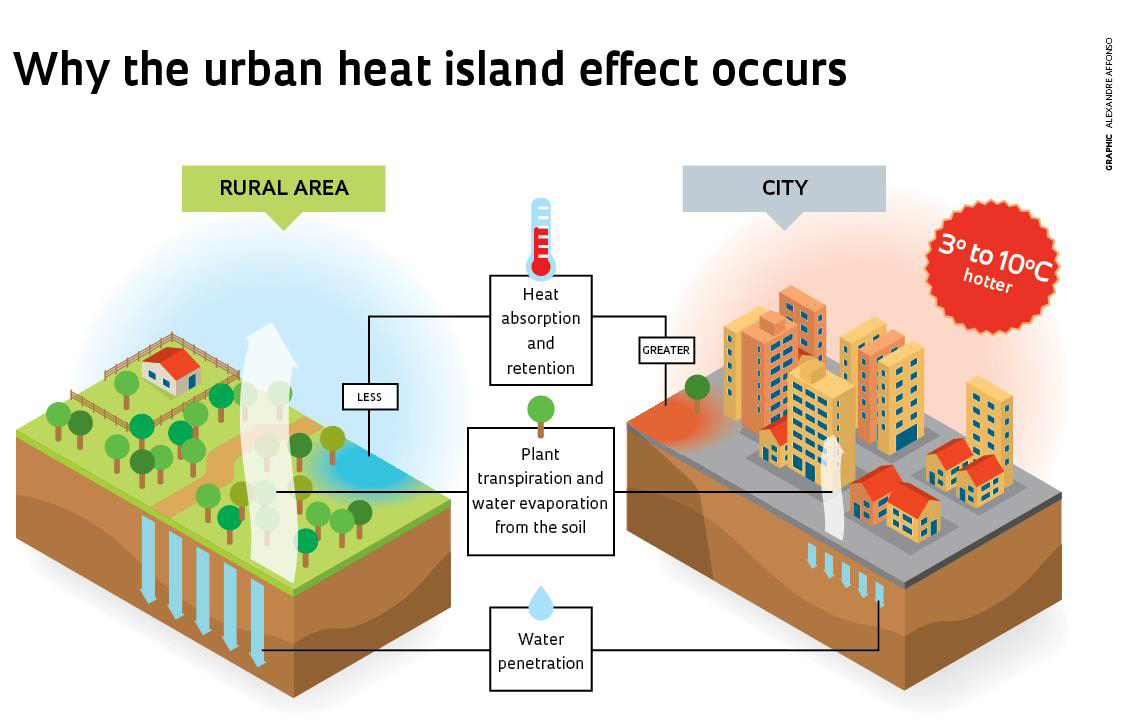The CSIR has developed a modelling capability that can help municipalities adapt to climate change and associated rises in temperature. This is done by combining information from temperature projections and detailed information of urban surfaces, such as roads and buildings, using the city spatial development plan in that region.
In addition to the challenge of rising temperatures, climate change risks facing cities in South Africa include more frequent extreme heat events, heavy rain and droughts. This will put pressure on municipalities to provide infrastructure and services designed, developed and implemented to anticipate and respond proactively to these factors. The modelling capability developed, though initially focused on the urban heat island, enables the interpretation and translation of key technical information into usable narratives that can be used by decision-makers to help them toward optimal decision-making in responding to climate change and developmental goals.
Researchers have found that South Africa's urban areas are at risk of the urban heat island effect, where temperatures in cities are warmer than the surrounding rural areas. This is caused primarily by the heat absorbed by buildings and built up surfaces, used in urban spaces. More than half of South Africa’s population lives in urban areas and research shows that this phenomenon will increasingly affect the livelihood of residents as the urban population grows.
CSIR researchers found that warmer cities mean increased energy demand for cooling needs; which, in turn, will increase greenhouse gas emissions. Higher temperatures also put a strain on infrastructure such as roads, pavements and railways and ultimately have negative effects on human health and comfort.
The CSIR-developed model can be used to adapt any city by recommending key interventions that can mitigate the effects of the urban heat island effect, such as the use of reflective materials for roofs and pavements; and expanding green spaces in cities through green roofs and urban parks.
The CSIR is working with the eThekwini Municipality to apply the model for Durban and is expected to supply the municipality with its final report on the model application and recommendations to mitigate the urban heat island soon.

Contact Person: Tirusha Thambiran, @email, +31 242 2368